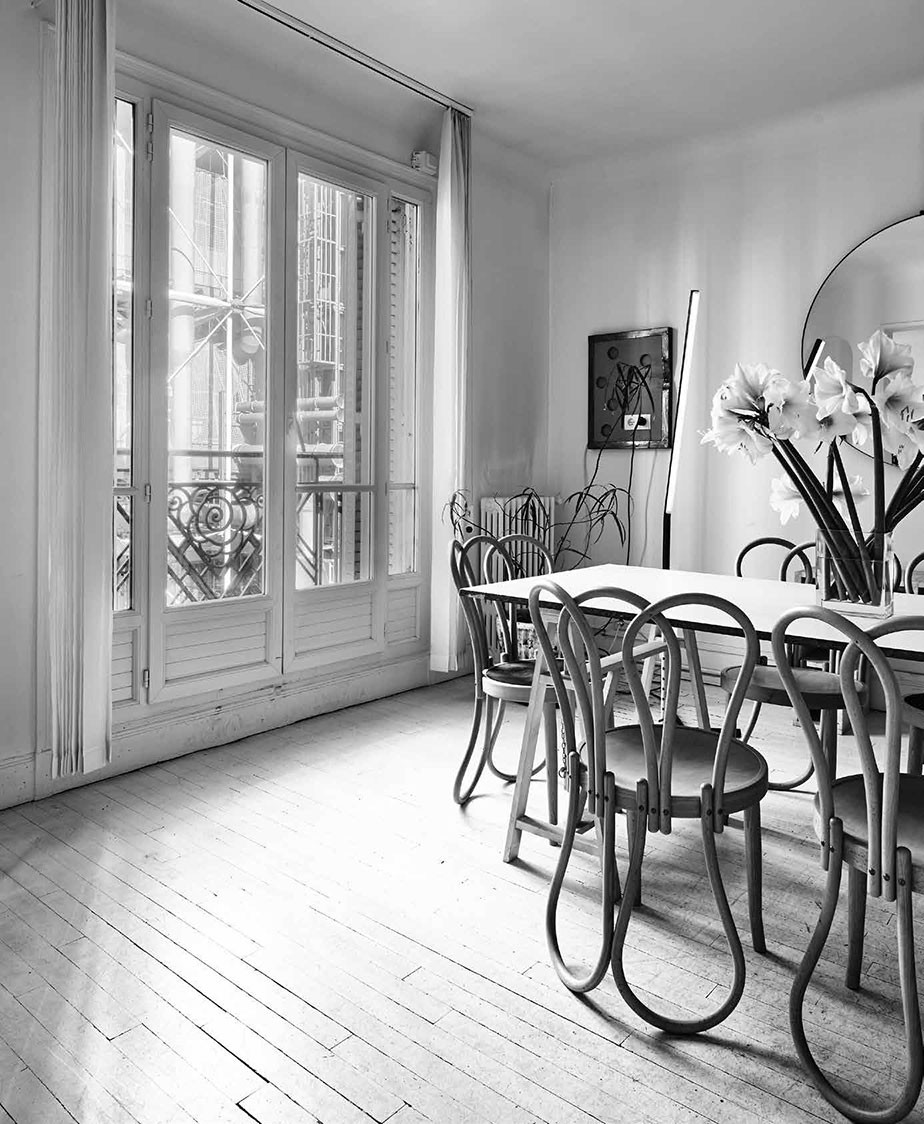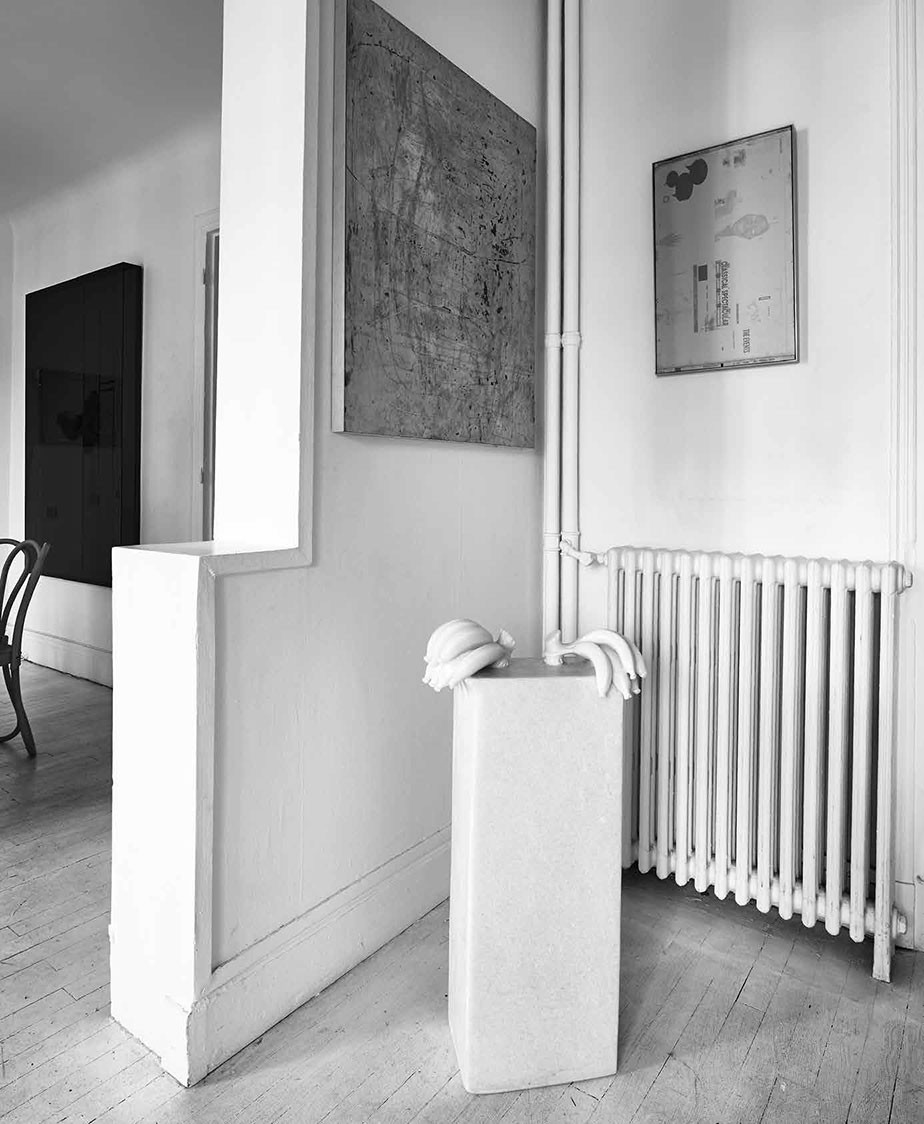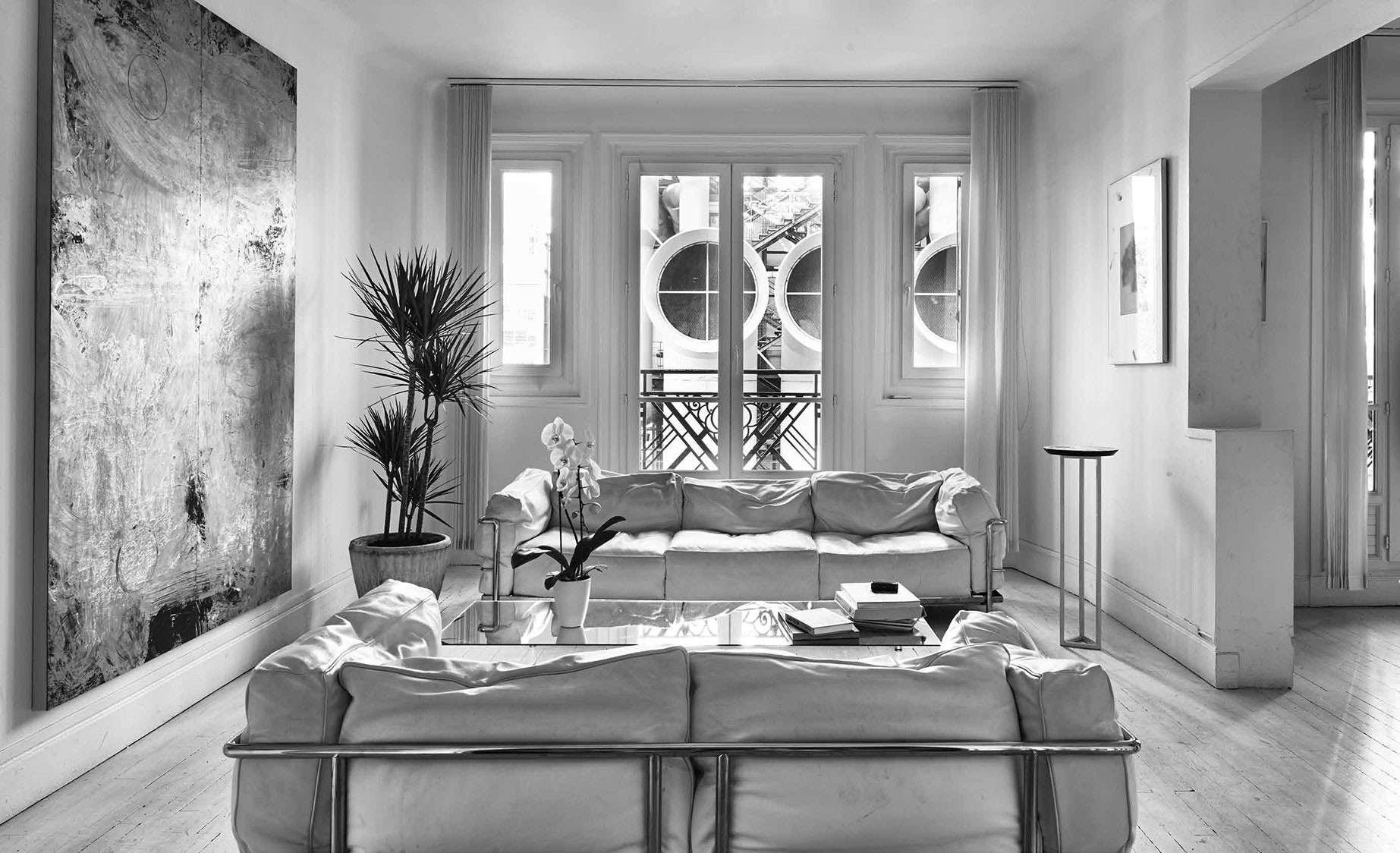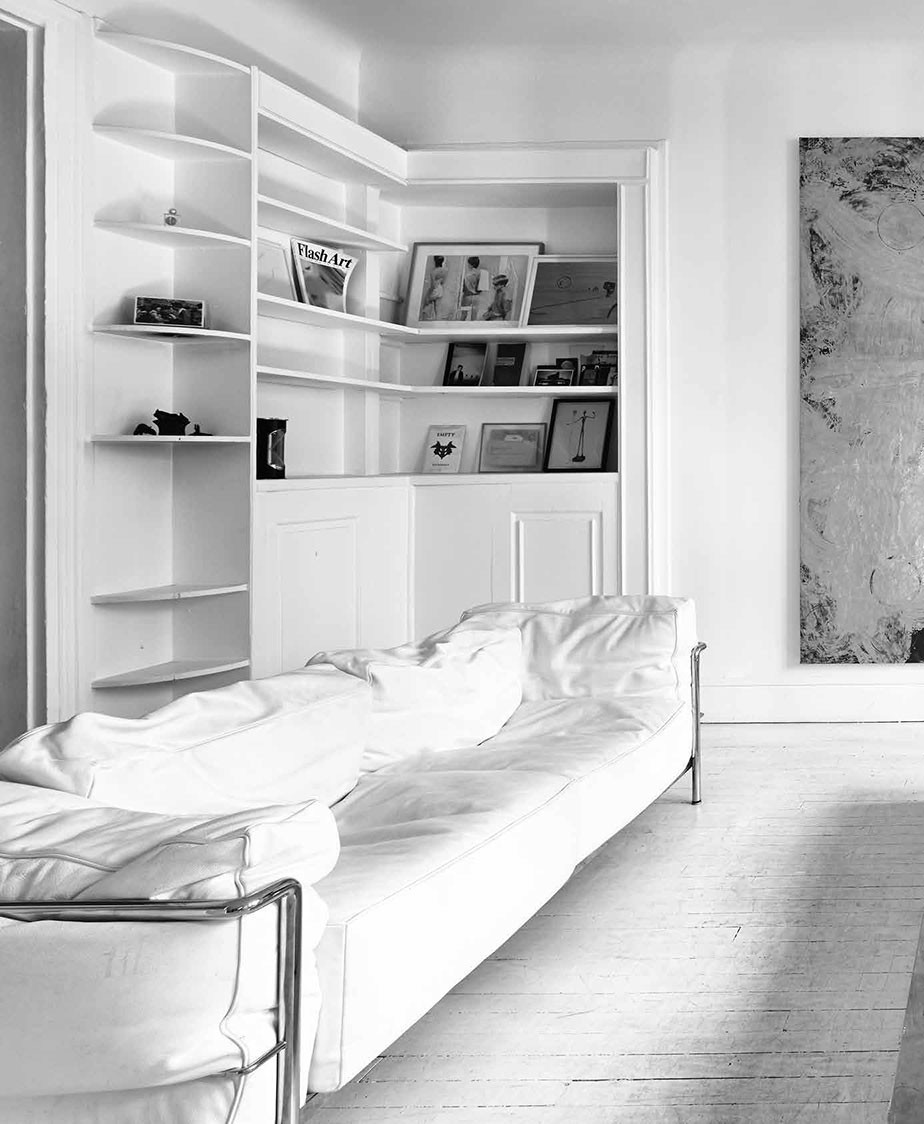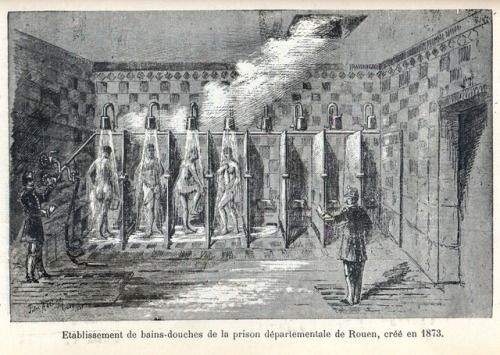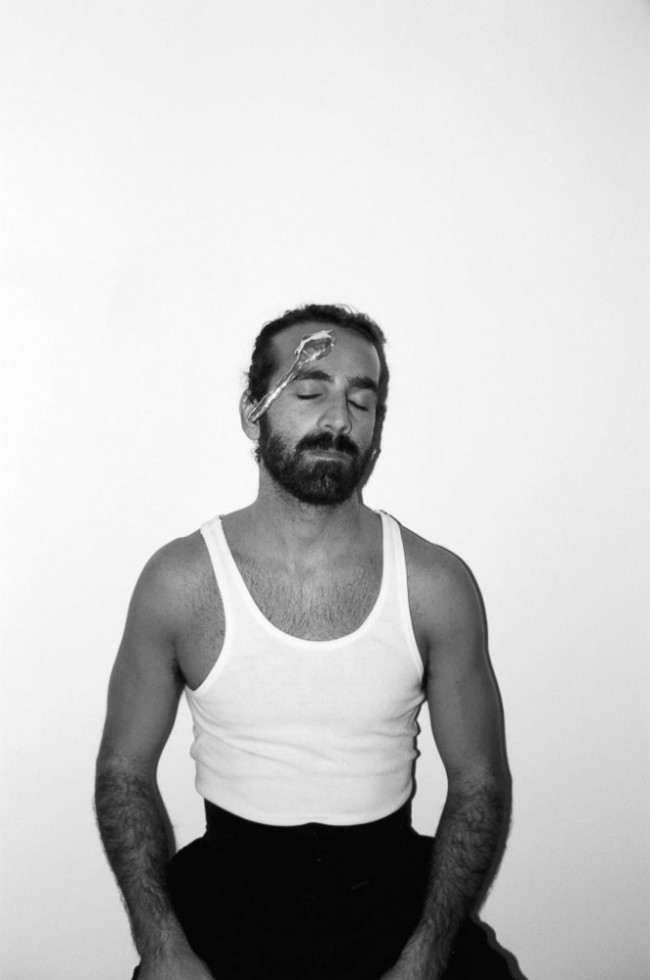INSIDE THE PARIS PAD OF GALLERIST DANIELE BALICE
“I believe in the economy of space,” says Daniele Balice. “Meaning if you have the space, you should share it.” These are not empty words from the Paris-based gallerist, half of New York and Paris’s Balice Hertling. While we’re at the table eating lunch at his generous two-bedroom apartment with a close-up view of the blue and green ventilation pipes of the Centre Pompidou, two of his current houseguests, editors of Document Journal, pop in with multiple delivery boxes full of their latest issue. They’ll have to find a spot for them in the hall, because a couple members of the Lebanese indie rock band Mashrou’ Leila, who are also staying over, have filled up most of the other bedroom. And then there is Balice’s friend, a painter in need of a home, who’s staying for a month. So Balice has made extra for our lunch today — large balls of fresh and smoked mozzarella, San Daniele ham, and roasted zucchini from a nearby Italian deli, plus squid-ink tagliatelle with squid, cherry tomatoes, and cilantro, and a nice pile of arugula salad made by his own hand. I’d normally be loath to invite myself over to someone’s house and ask them to cook, but I’ve been here before so I know that Balice will often prepare food for 80 at midnight without breaking a sweat. “Cooking is like yoga for me,” he says. If my apartment were almost entirely white and my guests likely to include the vivacious young model Lily McMenamy (daughter of 90s supermodel Kristen McMenamy), the photographer Ellen von Unwerth, the rapper Theophilus London, and the sculptor Oscar Tuazon, I might need a more pharmaceutical kind of Zen. But Balice demurs. “Actually nothing has ever been damaged. You’ll see 100 people here and they might not respect each other but they respect the art.”
They should, it’s nice art, most of it by artists that Balice and the gallery’s co-founder Alexander Hertling represent. Today there are two cut-paper pieces encased in Plexiglas by the French artist Isabelle Cornaro, a nod to Lucio Fontana woven through with locks of hair; two frames by Neïl Beloufa of molded particle board with working electrical extensions (“Neïl thinks art should always be functional,” Balice explains); a marble sculpture by Alexander May depicting bunches of bananas (“People love this one because they can use it to hide their vodka from other guests”); and a large abstract painting, also by May, of silver paint on top of wood-mounted rubber. I briefly stop myself from touching it, but Balice encourages me to. “I opened a gallery so I could touch art!” He certainly didn’t open a gallery to own any. “I have a real problem, personally, with that,” he explains, noting that everything here is on loan. (It does make sense, it’s not like there wouldn’t be a few potential buyers passing through.) “I mean I think it’s great that people buy art, obviously, but I’m afraid my artists would think I was buying to speculate and re-sell it, and I’m horrified by that.” For most of his peers, that’s the whole point, but Balice is not most gallerists, and that’s not even taking into consideration whether or not their al dente is on point.
Taken from PIN–UP 17, Fall Winter 2014.
Photography by Adrian Gaut.


